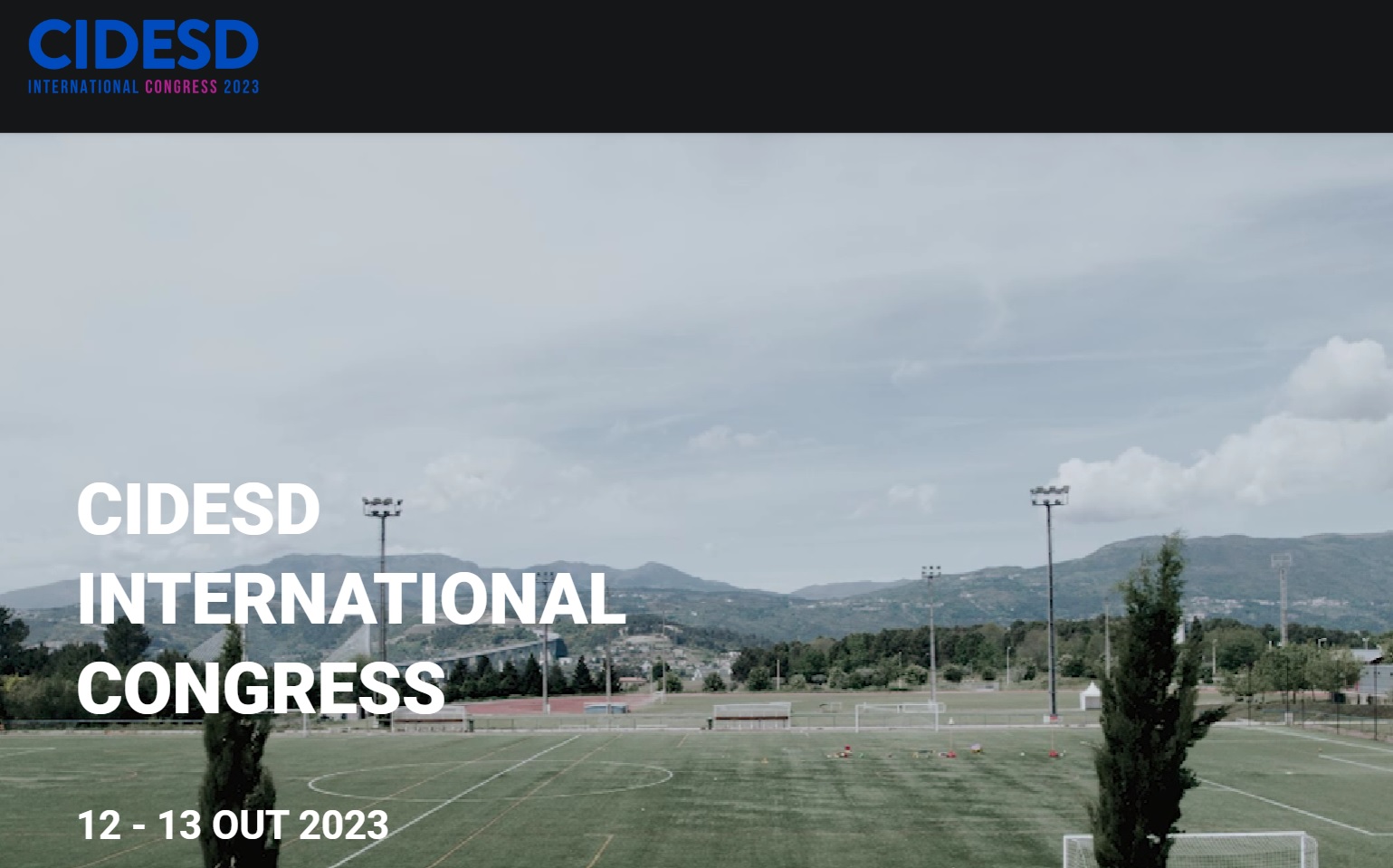Non-invasive brain stimulation improves the effects of resistance exercise in the neural system of elders with Alzheimer's disease
DOI:
https://doi.org/10.6063/motricidade.31735Palavras-chave:
Working memory, Quantitative electroencephalogram, Inhibitory control, Alzheimer ’s disease, Ageing, Brain stimulation, Exercise and memoryResumo
Alzheimer's disease (AD) is the most common neurodegenerative disease (Raskin et al., 2015). Noninvasive brain stimulation (NIBS) is another form of cognitive therapy that has received attention recently (Xu et al., 2019; Calomeni et al., 2017). To investigate whether a combination of Physical Exercise (PMED) and non-invasive brain stimulation (NIBS) can minimize some of the neurobiological impairments caused by Alzheimer's disease (AD). Eighty-eight older adults were divided into four groups (n=22), named GAE (AD receiving PMED plus NIBS), GCP (AD receiving PMED), GCN (AD receiving NIBS), and GCS (control. No intervention). Binaural beats are used in NIBS and PMED. BDNF and Tau proteins were determined from blood samples. Check alpha band and SMR rhythms by EEG. All surveys were blinded. Nonparametric tests with 5% significance and size effect tests were performed before and after the intervention. For GCS (p>0.05), no differences were found for all variables, and GCN and GCS showed no improvement in inhibitory control (p>0.05) or working memory (p>0.05). GCP and GAE increased executive function (p<0.05), decreased dementia symptoms (p<0.05), exhibited brain wave modulation (p<0.05), increased BDNF (p<0.0001) and decreased TAU (p<0.05). <0.0001) outperforms GAE. Physical activity benefits various aspects of cognition, such as executive function, working memory, and learning, and may stimulate structural and functional plasticity in the brain (Müller et al., 2020). Previous studies have shown that regular physical activity can reduce neurological risk factors such as Parkinson's disease (Silva et al., 2022), frailty (Silva et al., 2022), and AD (Macpherson et al., 2017) which improve the quality of life. Increased expression, secretion, and downstream signalling of neurotrophic factors (BDNF, VEGF, IGF-1) are some of the mechanisms that could explain exercise-induced neuroplasticity. This study showed that exercise-induced neuroplasticity is associated with BDNF (Murawska-Cialowicz; Wojna; Zuwala-Jagiello, 2015). In rodents, pharmacological blocking of BDNF signalling attenuates the neuroplasticity effects of physical exercise on the brain (Vaynman et al., 2004). In addition, exercise can affect brain wave patterns associated with regional activity and directly participate in cognitive and motor processes. NIBS plus PMED improves cognitive function and minimises dementia symptoms in older adults with AD, results which may be mediated by modulating brain waves, increasing BDNF, and reducing TAU.
Downloads
Publicado
Edição
Secção
Licença
Os autores dos manuscritos submetidos para publicação deverão ceder, a título integral e permanente, os direitos de autor (copyright) à revista Motricidade e às Edições Sílabas Didáticas. A cedência de direitos de autor permite a publicação e divulgação do artigo em formato impresso ou eletrónico e entrará em vigor a partir da data de aceitação do manuscrito. Os autores concedem, ainda, os direitos para a revista Motricidade utilizar e explorar o respetivo artigo, nomeadamente para licenciar, ceder ou vender o seu conteúdo a bases de resumos/indexação ou outras entidades.
Nos termos da licença “Creative Commons”, os autores poderão reproduzir um número razoável de exemplares para uso pessoal ou profissional, mas sem fins comerciais. Nos termos da licença SHERPA/RoMEO, os autores poderão, ainda, disponibilizar/arquivar uma cópia digital final (versão postprint) do artigo no seu website ou no repositório científico da sua instituição.


